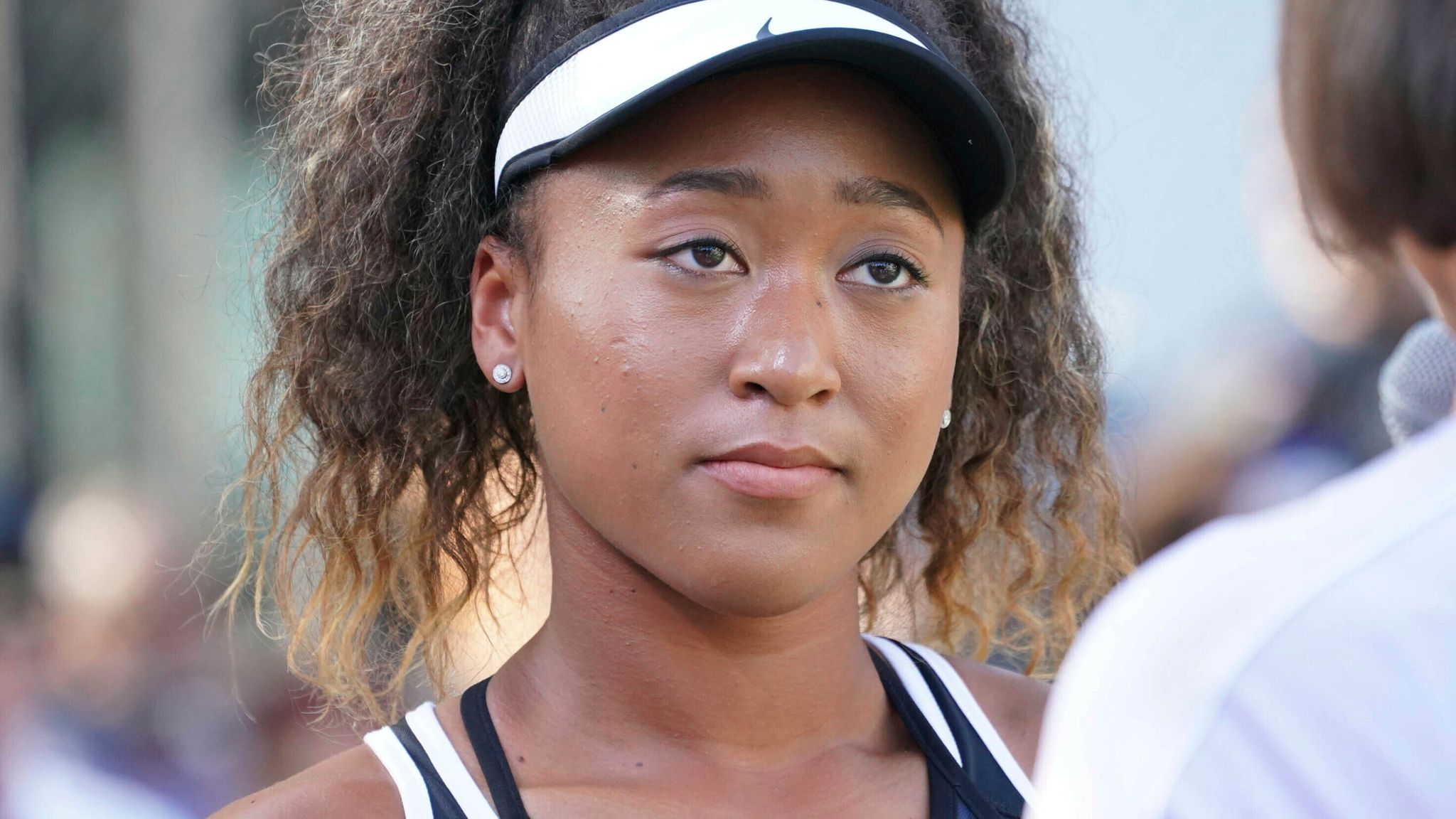 The ‘other guy’ theory of coaches is a sporting truism.
The ‘other guy’ theory of coaches is a sporting truism.
A team that loses more than it wins with a so-called ‘players’ coach’, someone who specializes in relating to athletes and creating an easygoing atmosphere, will often replace them with a disciplinarian. Reserved coaches who don’t find success get replaced by high-energy, emotional types big on motivation. The bookish sort who focusses on the X’s and O’s comes back when that act wears thin.
Advertisement
Tennis players are no different, the latest cases being Coco Gauff and Naomi Osaka, who dueled on Tuesday in Beijing at the penultimate WTA 1000 tournament of the year.
Both players entered the year with high hopes but did not meet them. After early eliminations from the U.S. Open — Gauff lost in the fourth round, Osaka in the second — they both announced coaching changes.
Gauff jettisoned Brad Gilbert, one of the biggest personalities in the sport. He is an ESPN commentator and the former coach of Andy Roddick and Andre Agassi, with a grand unified theory of tennis, otherwise known as Winning Ugly. Gauff then brought in Matt Daly, a little-known grip specialist, to work alongside Jean-Christophe Faurel, the low-profile French coach who has worked with Gauff on and off since she was 14.
Faurel most recently rejoined Gauff’s entourage last spring, to work alongside Gilbert. Gilbert and Gauff barely knew each other when she hired him in the summer of 2023. Weeks later, she was U.S. Open champion.
Osaka, meanwhile, pivoted from Wim Fissette, the quiet, cerebral Belgian who helped her win two Grand Slam titles in 2020 and 2021. Fissette would be fine if he never appeared on television. Osaka’s new coach is Patrick Mouratoglou, the former coach of Serena Williams. He has a gift for motivation and self-promotion, with a brand empire that includes an academy in the south of France, plus the freewheeling Ultimate Tennis Showdown (UTS) tennis exhibition events and coaching camps at luxury resorts.
He was almost too recognizable for Osaka. Mouratoglou’s history with Williams and his presence in the game made her want to avoid him.
“His persona is so big,” Osaka said in a press conference in Beijing. So big that she was skeptical of his coaching abilities: anyone coaching the greatest female player of the modern era might have enjoyed their part in the success of Williams.
John Kerry, the longtime senator, U.S. secretary of state and American climate czar, once reduced his philosophy of governing, war and diplomacy to, essentially, ‘getting things right as quickly as you can when you are wrong’.
Sporting aphorists often cite the first law of holes: when you are in one, stop digging.
Both basically sum up Osaka’s and Gauff’s coaching pivots. Players usually make these moves once the season ends, rather than with another two months to go. Gauff and Osaka are on the Asian swing, which is especially important for Osaka, Japan’s torchbearer at the Tokyo Olympics three years ago. Then come the WTA Finals in Riyadh, Saudi Arabia, which Gauff may qualify for, and the Billie Jean King Cup in Malaga, Spain, which Osaka plans to play.
But by mid-September, they already had all the data they needed to conclude that they were either heading in the wrong direction (Gauff) or stalling (Osaka).
While Gauff’s results were off target — with a fourth-round exit at Wimbledon to Emma Navarro before Donna Vekic defeated her in the third-round of the Paris Olympics — the bigger issue was of technique. Gilbert’s ability to cover up her weaknesses, one of his greatest strengths as a coach, had faded.
Quality opponents had figured out how to counter the looping forehand that he introduced to cover up her shakiness on that side. They would step in and take the ball on the rise, before it bounced high enough to trap them at the back of the court.
Against Navarro at Wimbledon, she pleaded with Gilbert to tell her something, realizing in the moment that she did not have the tools she needed to escape Navarro.
Then there is her serve. At the U.S. Open, her fourth-round defeat to Navarro included 19 double faults.
“I don’t want to lose matches like this anymore,” she told reporters afterwards.
Leave a Reply